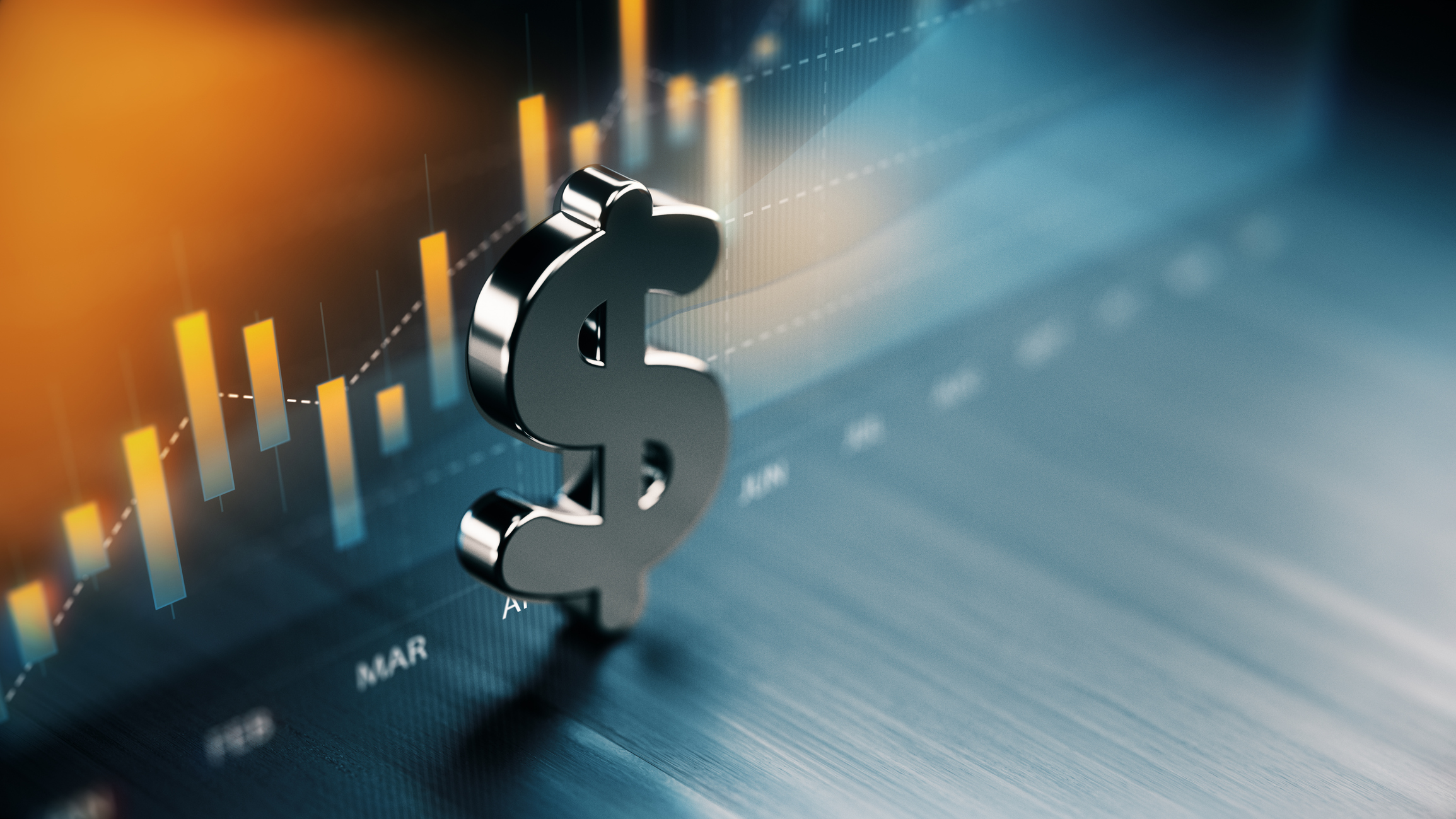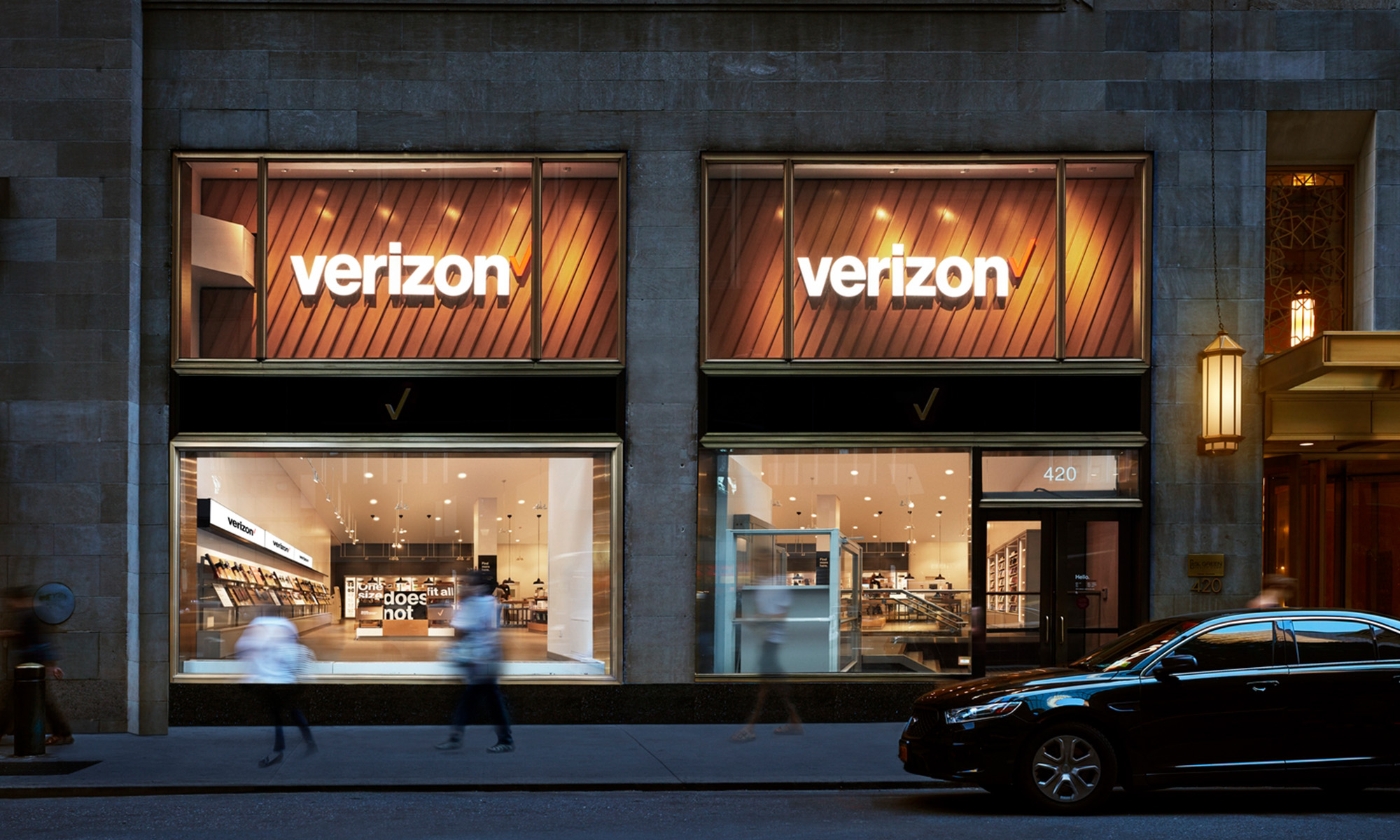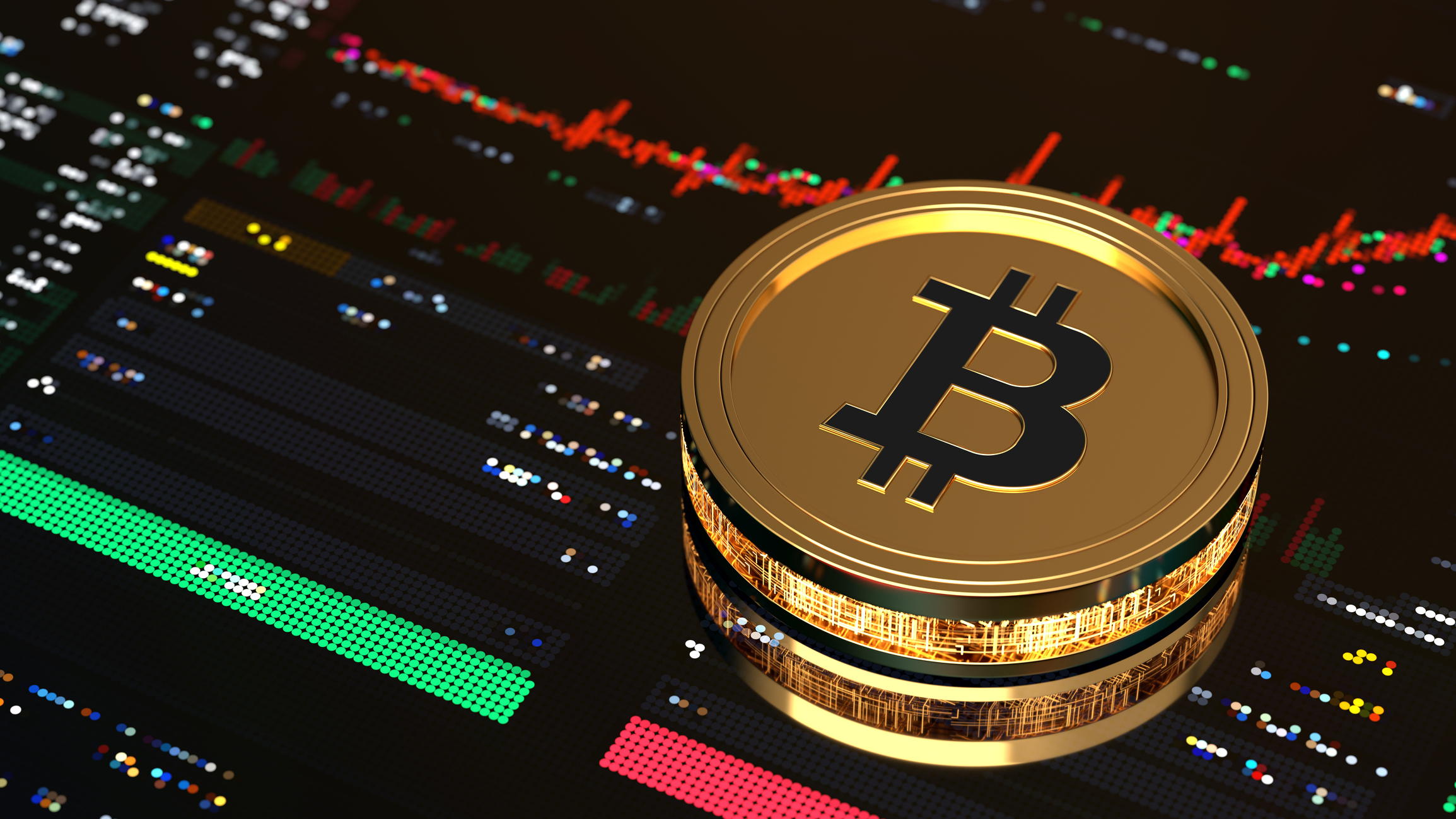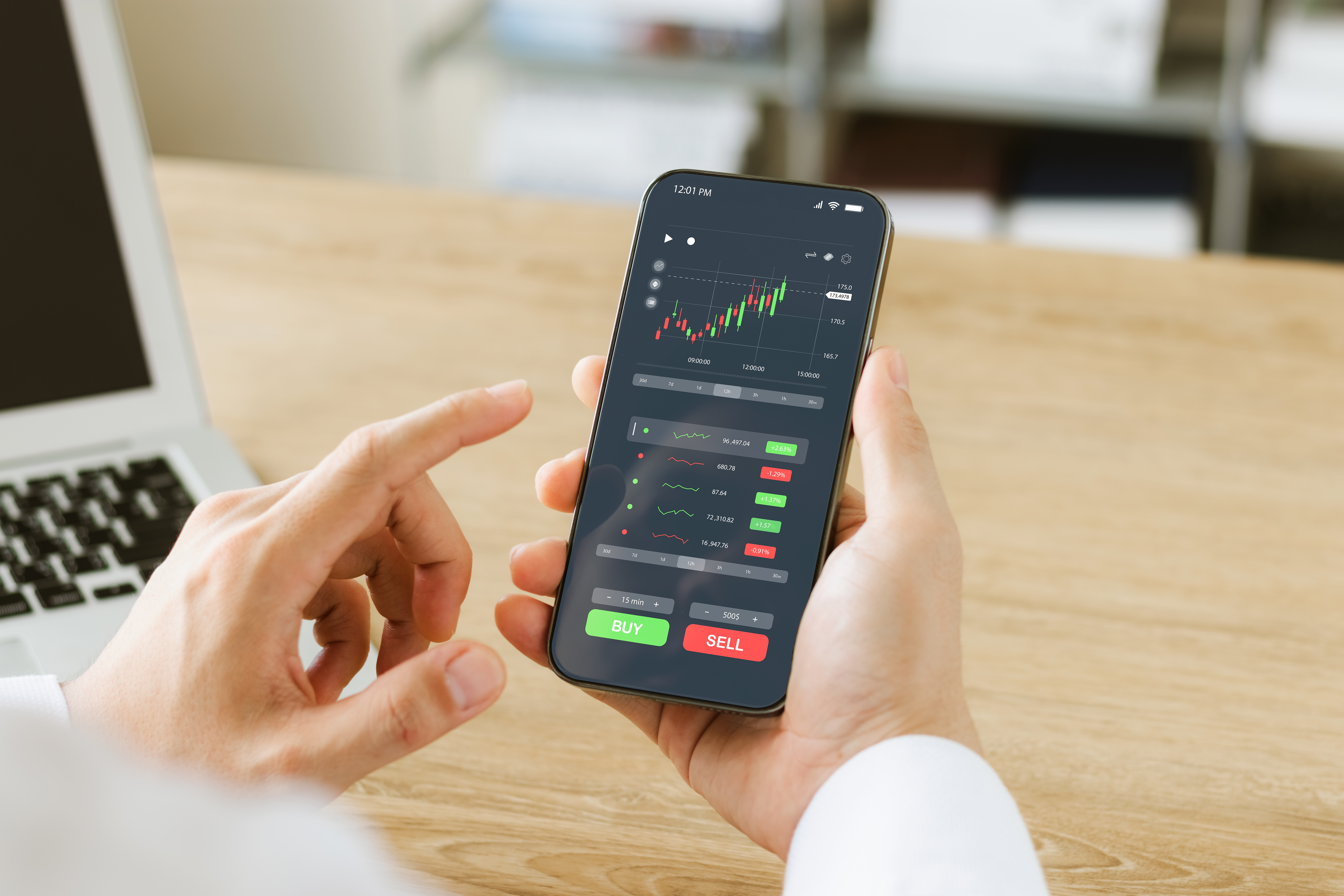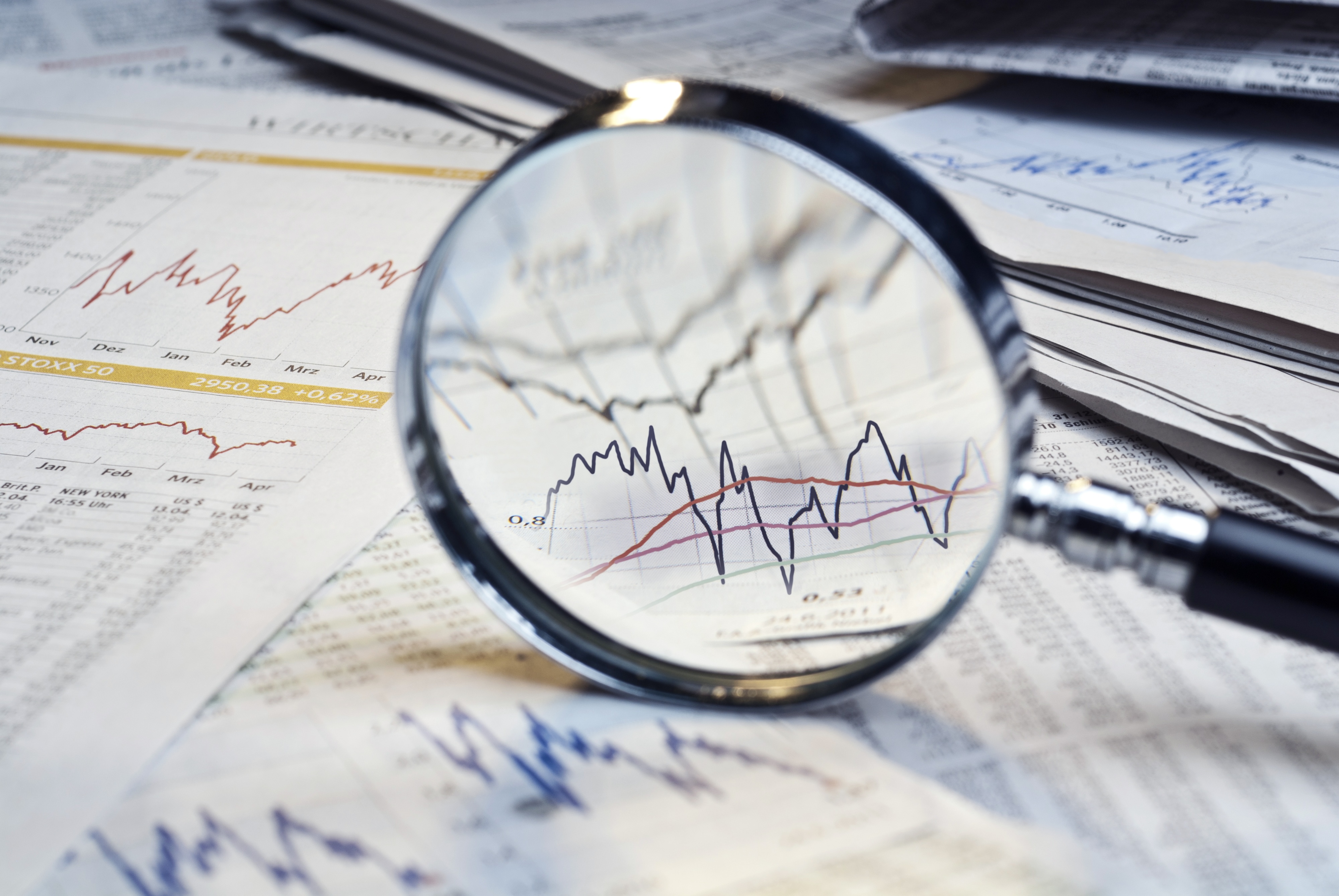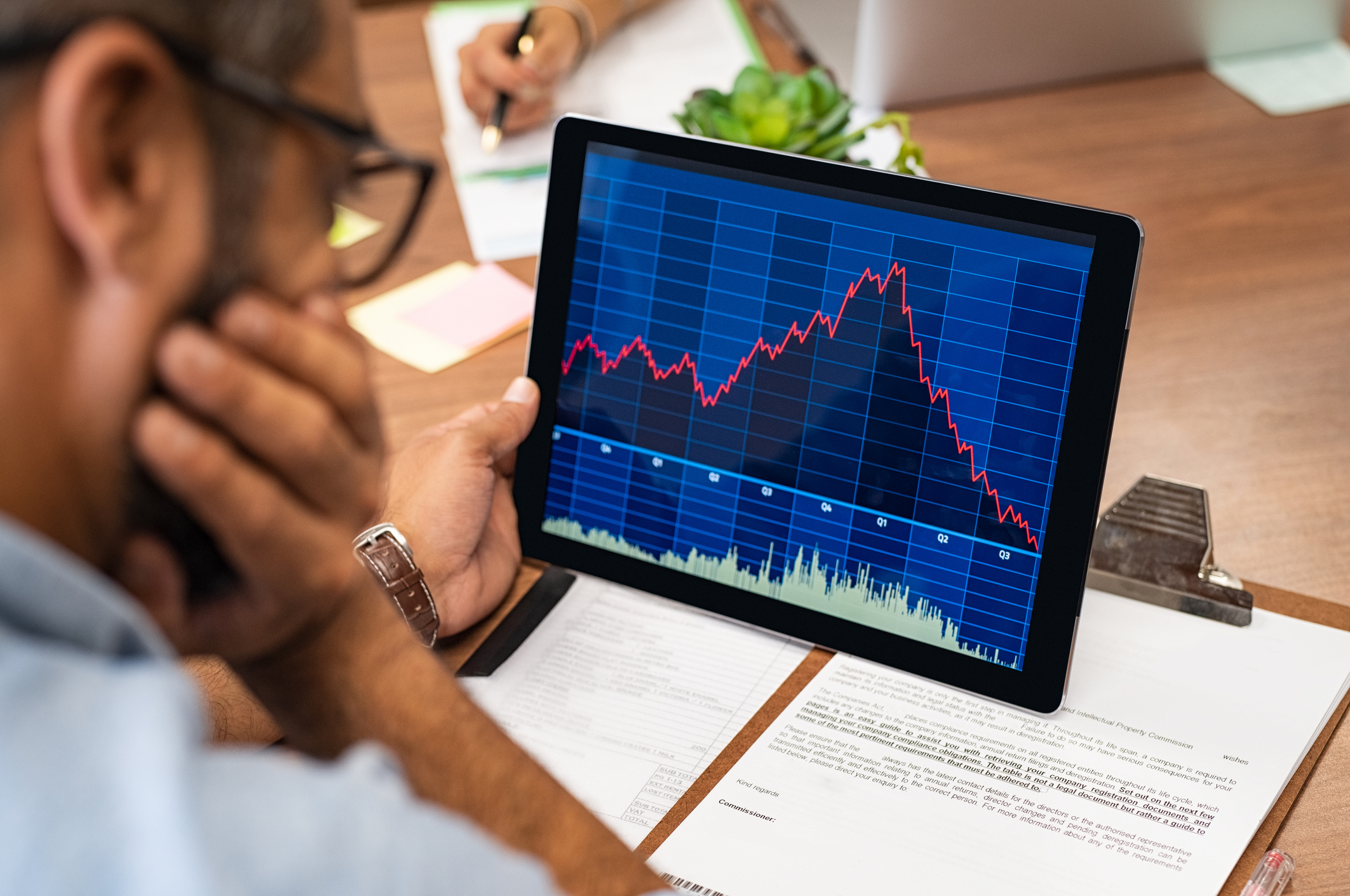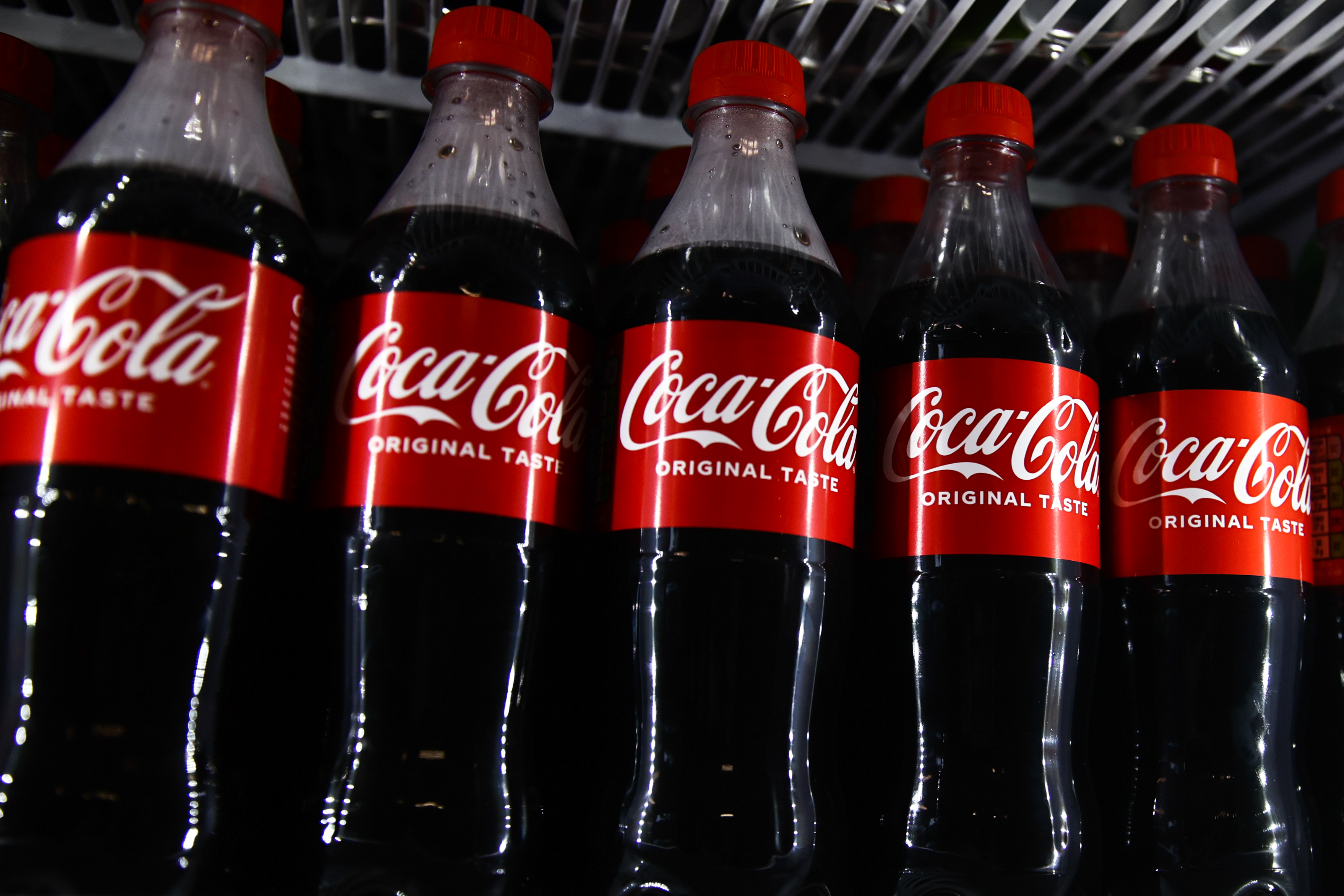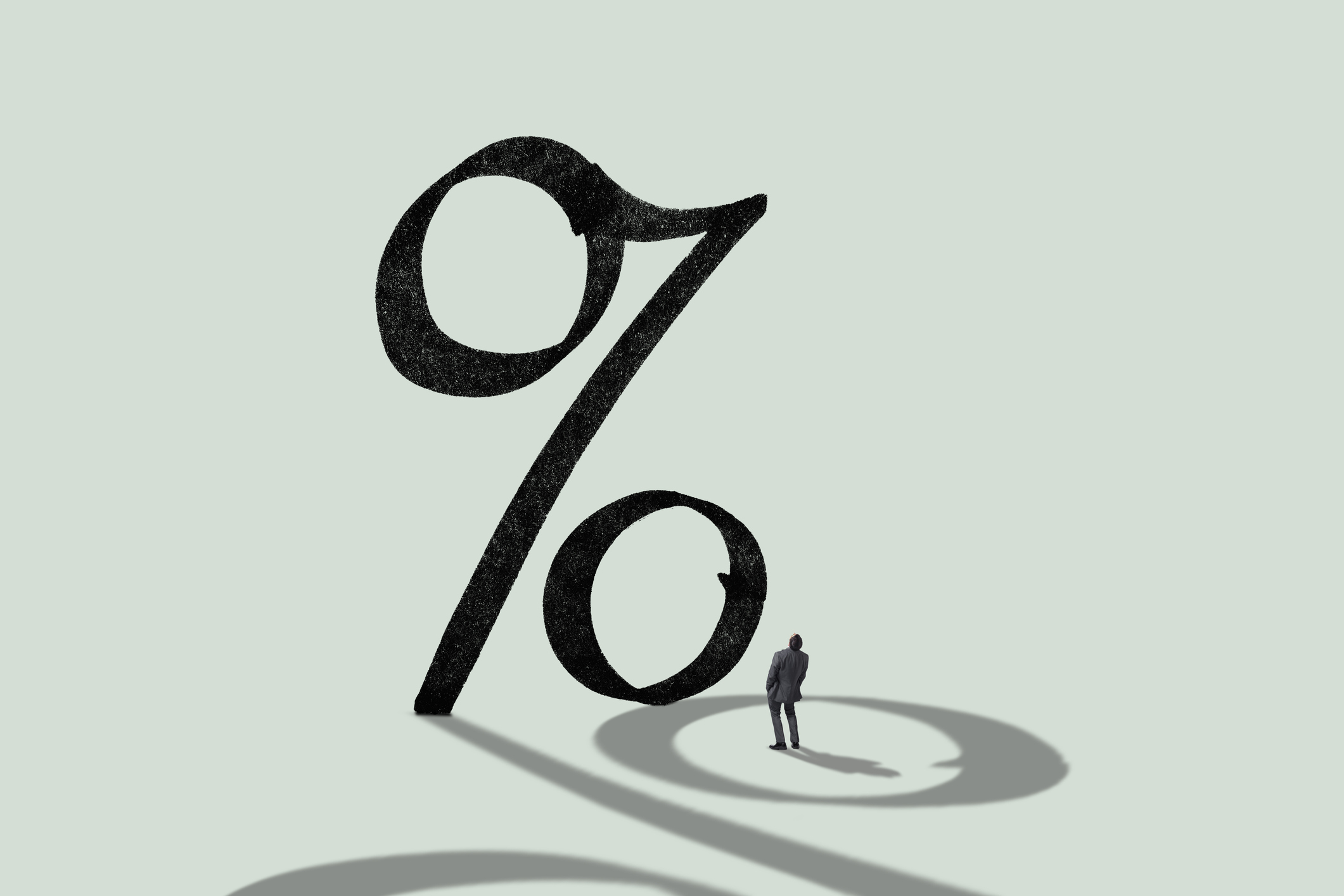Berkshire Hathaway: Diary of a Growth Investor in Waiting
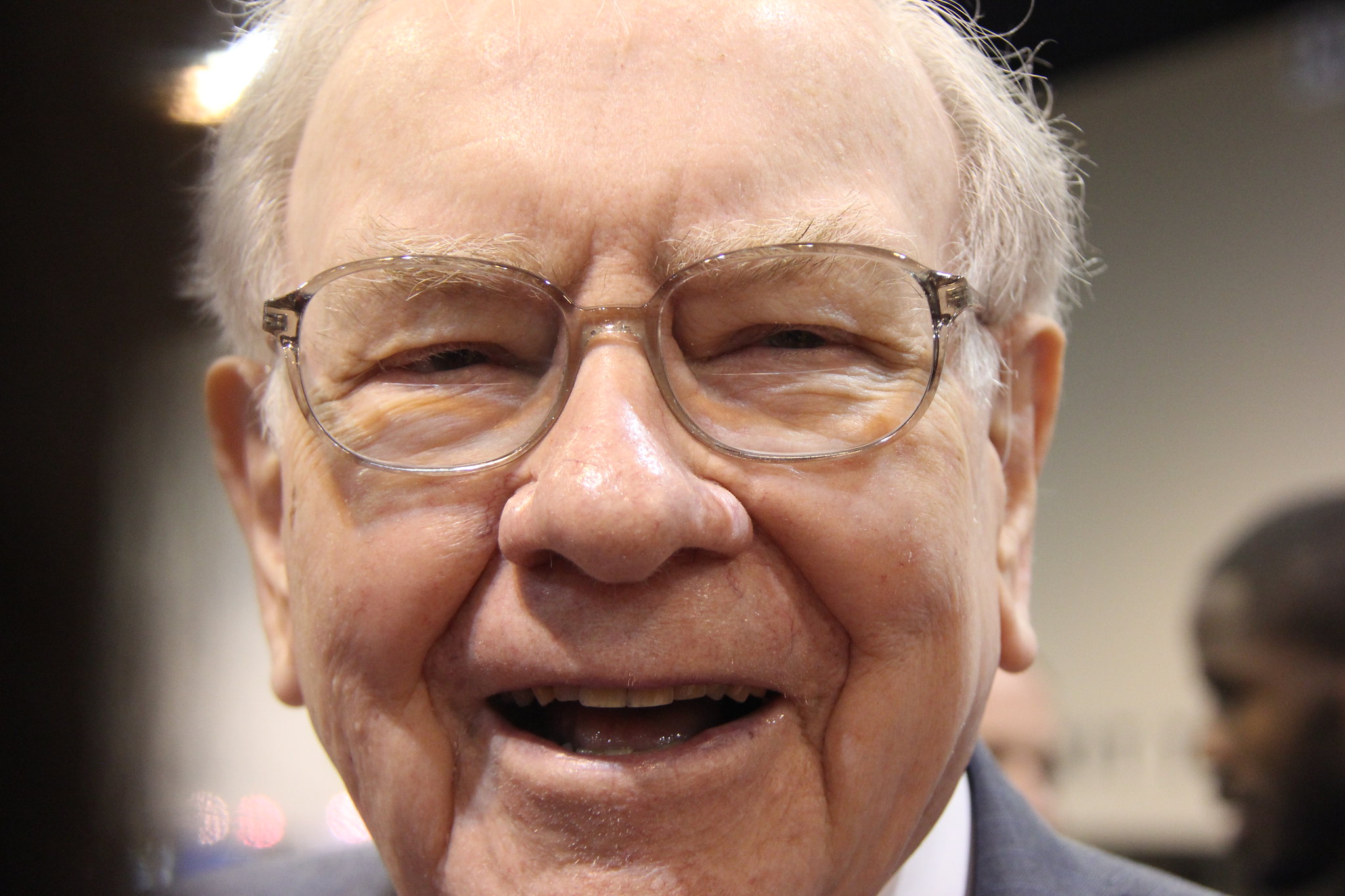
Buffett has always seemed immortal, in the way that, say, the Queen was immortal or the geese in Hyde Park are immortal (i.e., not actually immortal). My entire investing adolescence has been spent comforted by the idea that buying Berkshire Hathaway was like bunking onto Buffett’s lifeboat: safe, if alarmingly full of insurance documents.
But now, there’s an expiration date on this cozy arrangement. By the end of 2025, Buffett steps down as CEO. The new protagonist? Greg Abel—loyal, steady, big on utility companies, perhaps not so into Cherry Coke. Buffett himself remains as chairman, which is reassuring in a “parental controls still on the telly” sort of way. But, as a growth investor, I must acknowledge the awkward breakfast-table truth: Abel is not Buffett. No one is Buffett, except, of course, Buffett.
Current status: Monitoring Greg Abel for signs of endearing quirks, spontaneous stock jokes, or an ability to resist meme stocks. Watch this space.
